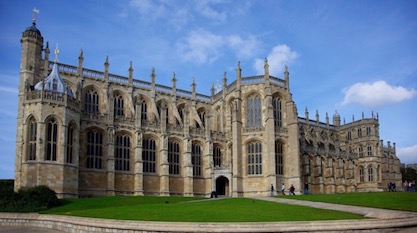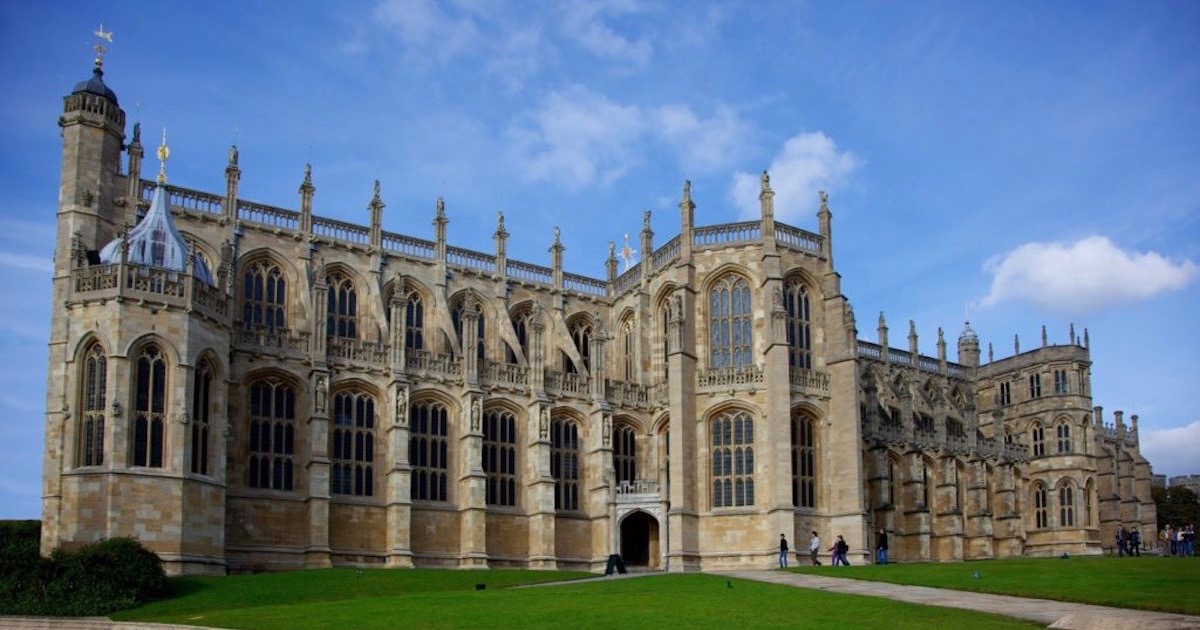 Human Origins
Human Origins
 Intelligent Design
Intelligent Design
Royal Wedding Sermon Goes Fire-Maker


Over this past weekend, approximately 29 million Americans tuned in to watch the British royal wedding of Prince Harry and American actress Meghan Markle. This may seem far afield from our usual concerns at Evolution News, but the Most Reverend Michael Bruce Curry, who delivered the wedding sermon, made some very interesting comments about a topic we have talked about before: the human use of fire. Using fire as a sort of extended sermon illustration, he elaborated on its significance to human life [lightly edited for clarity]:
Fire, to a great extent, made human civilization possible. Fire made it possible to cook food and to provide sanitary ways of eating, which reduced the spread of disease in its time. Fire made it possible to heat, warm environments and thereby made human migration around the world a possibility, even into colder climates. Fire made it possible. There was no Bronze Age without fire. No Iron Age without fire. No Industrial Revolution without fire. The advances of science and technology are greatly dependent on the human ability and capacity to take fire and use it for human good.
Wow! Did Rev. Curry read Michael Denton? Maybe not, but it sure sounds like it.
In his book, Fire-Maker: How Humans Were Designed to Harness Fire and Transform Our Planet, Denton makes a very similar argument, if in more scientific detail and at greater length.
Denton says, “The primal discovery of fire opened a long path toward modern technology.” He continues:
The technological wonders of our current civilization—and the deep scientific insights they have provided into the fundamental nature of reality, were not gained easily. They grew out of a long series of technological discoveries and advances that, over several thousand years, led our species from primitive Stone Age technology to the magic of twenty-first century nano-technology—from making a stone chisel to making a Boeing 787.
Of all the discoveries made in the course of mankind’s long march to civilization, there was one primal discovery that made the realization of all this possible. It’s a discovery we use every day and take completely for granted. But this discovery changed everything.
Humankind discovered how to make and tame fire.
See what I mean?
Denton then lists many of the same developments in Rev. Curry’s list, going on to discuss pottery and ceramics, metallurgy, agriculture, glassmaking, chemistry, and eventually modern marvels like the internal combustion engine and electronic computers. They both specifically reference airplanes.
But Denton takes it one step further:
Of course, human determination, inventiveness, and sheer genius played a major role in the development of technology. But this is only part of the story. On even the most cursory reading, the march of technological advance from the Stone Age… was only possible because of what would appear to be an outrageously fortuitous set of environmental conditions, without which, despite our genius, we would still be hunter-gatherers… In short, in the development of technology, nature lent a hand.
Taming fire was certainly one of “the greatest discoveries in human history,” like Curry said. But it wasn’t only human effort that made it possible. The pathway was, as Denton argues, laid out before us, so to speak. All the human ingenuity in the world wouldn’t have mattered if the world itself wasn’t finely tuned to allow us to harness fire. Our atmosphere, the size of our Earth, the fitness of Earth for large trees, our own physical design and size—all of these conspired together to open that pathway to fire, technology, and civilization.
We’re excited that Rev. Curry brought the often-overlooked importance of fire-making to human development to a much wider audience. If he hasn’t read Fire-Maker, we highly commend it to him. As amazing as fire is, there’s a whole lot more to the story of a planet specially designed for us.
Buy Fire-Maker or watch the accompanying documentary.
Image: By Aurelien Guichard from London, United Kingdom (changes by Rabanus Flavus) (File:St. Georges Chapel, Windsor Castle (1).jpg) [CC BY-SA 2.0 (https://creativecommons.org/licenses/by-sa/2.0)], via Wikimedia Commons.
